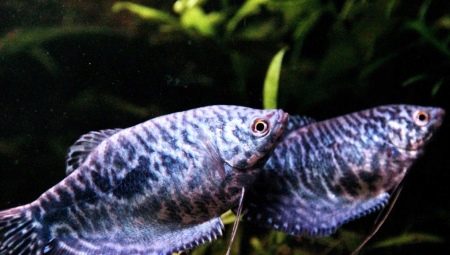For their first aquarium, novice aquarists try to choose a calm and easy-to-care fish. Marble gourami fits this description perfectly. About how to properly maintain, care for and breed this species, we will consider in this article.
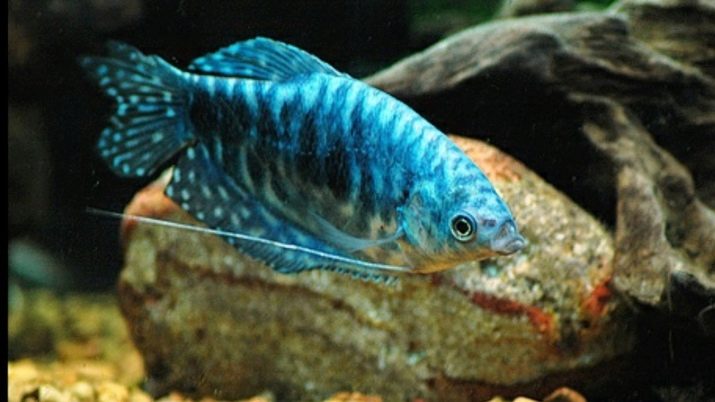
Description
Marble gourami is not found in the wild, as it is a breeding form of the ordinary blue gourami. This fish comes from Asia. The discovery and fixing of such a mutation, this individual is obliged to the American breeder Cosby. At first, the described species was called by its last name, but consumers were more likely to find the name corresponding to the color of the fish. In the future, it was it that stuck.
The main difference between all gourami from other fish (not labyrinth) is the presence of the gill labyrinth apparatus, allowing these fish to breathe atmospheric air.

Marble gourami grows to an average of 13 cm. It has an oval and tall body resembling a leaf of a plant. It has a marble color. On his bluish background are dark spots and a little white, irregular in shape.
The color of each fish is not the same, which makes each individual in its own way unique. Spots can become more distinct if the fish is agitated, as is the case before spawning. True, most often this reaction occurs only in males.
Caudal and anal fins large, with tiny yellow spots present on them. These parts twist beautifully while the fish are moving. The dorsal fin has the same color, and the pectoral fins are almost completely transparent.
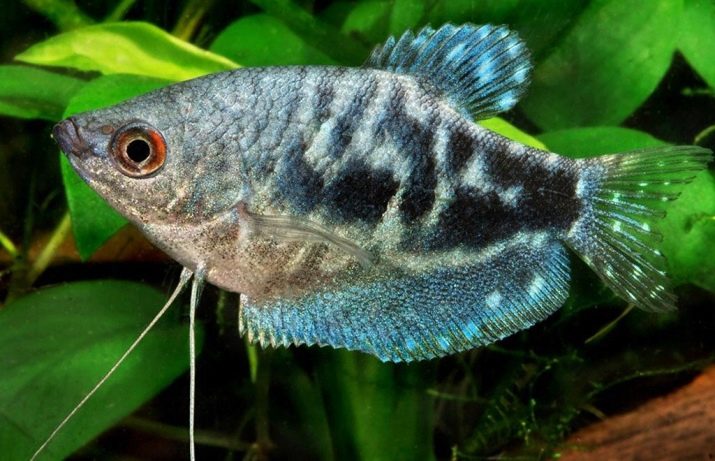
As a result of evolution, the ventral fins turned into a kind of antennae, which is a distinctive feature of this fish.
They are necessary for individuals for good orientation in troubled waters, where vision does not always help out.
The average lifespan in an aquarium is about 6 years. To distinguish a male from a female is very simple. The main differences are a brighter color, as well as elongated, sharp dorsal and anal fins.

How to contain?
To keep a pair of such beautiful fish you will need an aquarium of 50 liters. It is necessary to equip a home reservoir with a high-quality filter that does not create an overly strong current. Air purging is optional, but only if no one else lives in the tank. The temperature should ideally be between 22 and 28 degrees. Fish of this species may well withstand a short-term drop to 17 degrees, but it’s better not to check how they will respond to such changes.
A cover glass or lid is necessary, as the fish likes to jump out. The distance from the surface of the water to the glass should not be less than 5-6 cm. Otherwise, jumping out of the water for air, the pet will constantly beat against the glass. A cover glass or lid alone is an essential element in an aquarium if your underwater pets breathe atmospheric air.

Glass keeps warm air underneath: if it is cool in the room, then inhaling cold air by a fish will definitely not benefit it.
These fish are unpretentious to lighting and soil. You can use any if only suits plants. At the bottom you can place a small number of grottoes, decorations or any other shelters - gourami sometimes like to sleep in them. Plants are allowed to plant any. You can combine thickets with free places for swimming, so it will be more convenient to observe them. On the surface, it is permissible to place floating plants, such as:
- riccia;
- hornwort;
- duckweed.
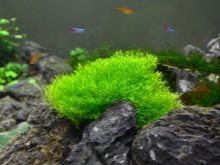
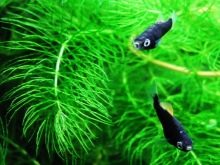
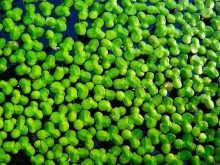
These plants are placed in case your gourams decide to spawn in a common aquarium.
These individuals are unpretentious in food - they eat any dry food, but it is advisable to give preference to live food:
- bloodworms;
- brine shrimp;
- to the pipe maker.
You can give vegetable food in the form of chopped lettuce or dandelions. True, not all gourami eat it. You need to feed the fish 1 or 2 times a day.
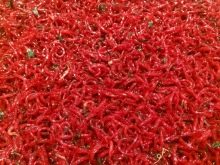

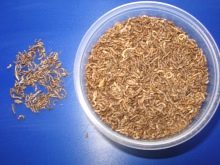
In addition to all the features already described, gourami also have useful properties. For instance, they eat parasitic organisms in containers: planarium and hydra that can penetrate into the aquarium with live, raw food, plants from rivers and just vegetation from another aquarium. If a tank with fish is attacked by this kind of parasite, the acquisition of a pair of gourami will help to solve the problem. Depending on the degree of contamination of the tank, they will clean it in a short period of time.
Important: do not forget about the weekly substitution of 25% water for fresh.
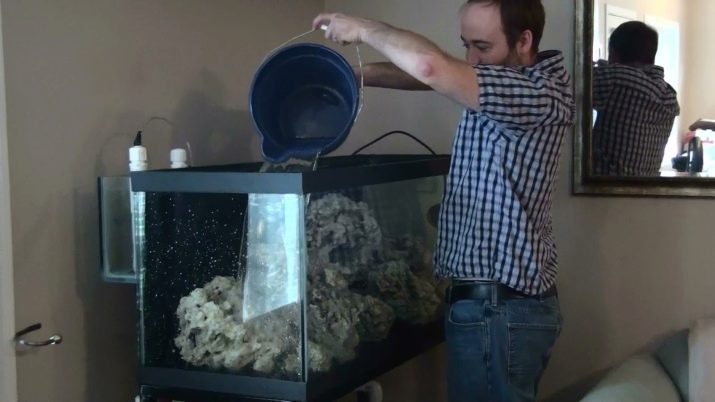
Breeding
Gourams are ready for breeding after they turn 9 months old. Spawn perfectly at home. Males mature a little earlier than females. In nature, spawning occurs at the beginning of the rainy season, when a large amount of oxygen and feed gets into the water. The described fish can spawn without problems in a common aquarium, but it is advisable to prepare a good, separate spawning for the preservation of offspring.
A couple is moved to spawning a couple of weeks before spawning and well fed with live food. The volume of spawning should be at least 30 liters, with an impressive surface of the water surface.
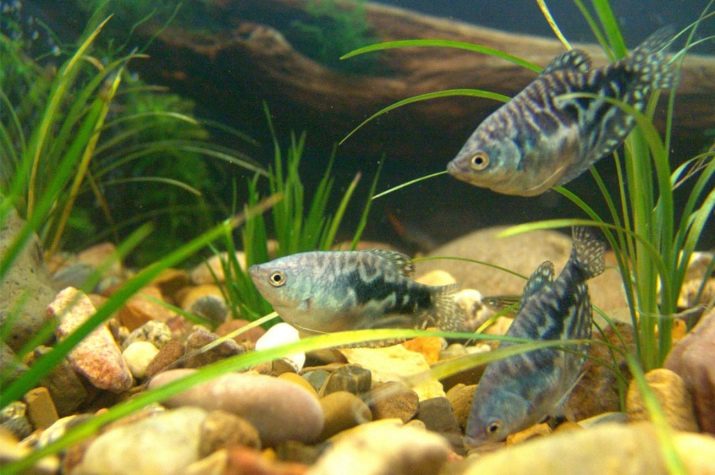
The main requirement will be the presence of a large number of plants for the female - if she is not ready for spawning, the male can kill her, and if there are shelters she has a chance to survive.
Floating vegetation will need to be placed on the surface of the water to make a nest.After that, the temperature values need to be raised a couple of degrees higher than in the main aquarium, from about 27 to 28 degrees. But this is not too critical, as spawning can take place under ordinary conditions.
If the situation is suitable, then soon the male will begin to build a nest out of air bubbles with the help of riccia or duckweed, and the female at this moment becomes fat from caviar. Then the male will acquire a brighter color, and mating games will begin. It looks like a beautiful dance, in which underwater pets wriggle and rub against each other. By such actions, the male gradually squeezes out eggs from the female, fertilizes them and hides them in the nest, strengthening this structure with air bubbles.
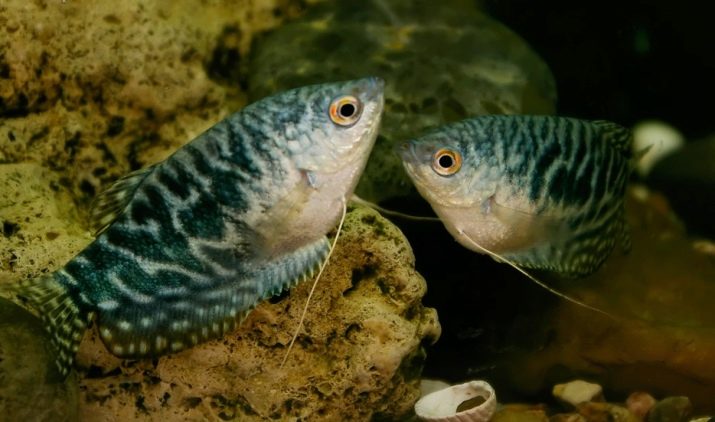
In total, up to 2000 eggs may appear, based on the size and age of the female.
After the spawning process, the female will need to be removed from the spawning, as she does not take part in the process of caring for the nest, and the male will begin to chase her, seeing in her a danger to the offspring. The male, in turn, is engaged in caring for the nest, making sure that it does not collapse, and caviar does not fall out of it. The integrity of the nest is supported by new air bubbles, and in case of loss of eggs, the parent returns it back. Throughout the time he cares for offspring, he usually eats nothing.
It is important to maintain the water temperature at a constant level from the very beginning of spawning (27-28 degrees), otherwise the male may stop caring for the nest and completely destroy it. The male must be removed immediately, as soon as the fry began to leave the nest.
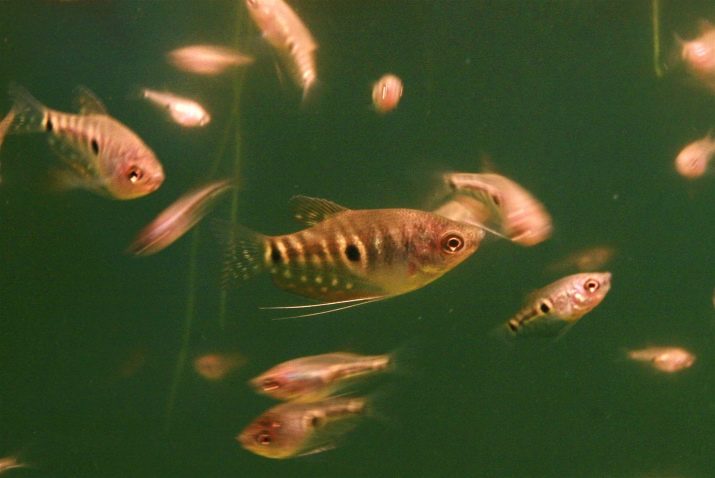
Experienced aquarists clean it a day before the release, as the fry can be eaten by their father.
The fry is fed:
- infusoria;
- microworm;
- starting feed, but live feed is a priority.
When the kids grow up, you can transfer them to larger feeds: finely chopped tubule or bloodworm.
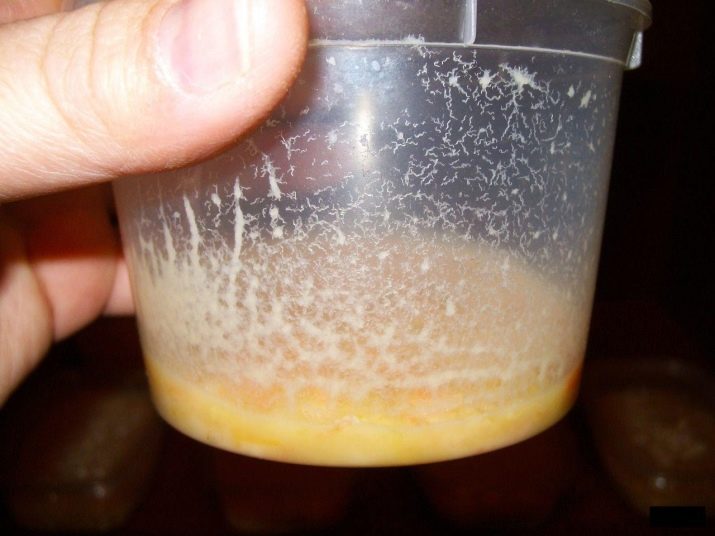
Compatibility with other types of fish
Marble gourami is characterized by the fact that it coexists seamlessly with other calm species of fish.
Good neighbors will be glass fish, parsing, swordsmen, mollies, tetras.
The harmless, small catfish coexist well with the gourami.
It will become a problem neighborhood with such fish as:
- different types of gourami themselves;
- discus and acne;
- guppies;
- shrimp
- crabs.
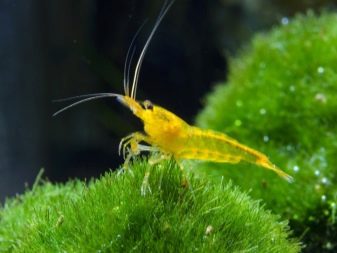
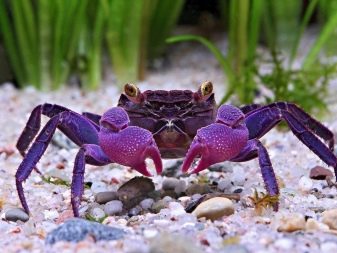
Do not get along with:
- territorial species: goldfish, parrot fish;
- astronotuses;
- cockerels.
Males can sometimes fight among themselves, and females too.

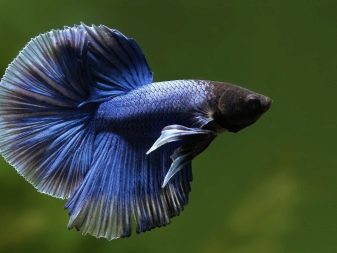
It is best to keep a flock of 1 male and 2 females. Gourami are incompatible with Sumatran barbs.
The fact is that the barbus is a very frisky fish located in the middle layers of the water. Accelerating and "torpedoing" in the direction of the gourami, she hits him from the bottom in the stomach. Such a neighborhood will not last longer than a couple of days, as gourams will eventually be killed by barbs.
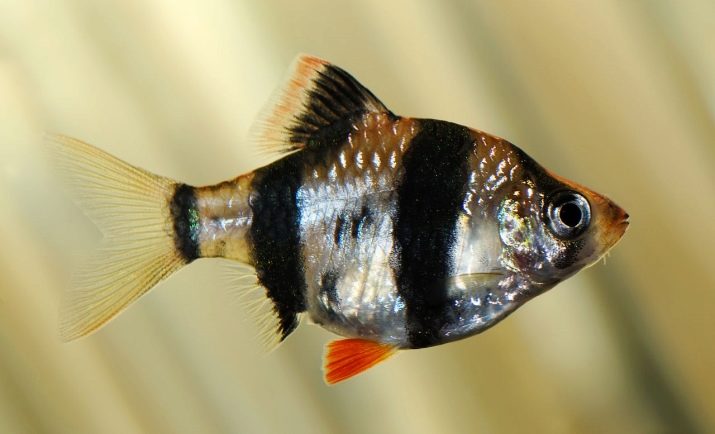
Useful Tips
Before heading to the pet store to buy gourami, it’s worth getting some useful tips.
- When purchasing this fish, you must carefully examine the individual for smooth and smooth movement. The fish should not fall sideways. Healthy individuals will swim briskly, confidently.
- On the body of the fish should not be plaque or any stains indicating the presence of fungal infection. If you find such problems, you should refuse to buy such a fish. In addition, it is best to go to another store altogether.
- If you did not find defects on the fish’s body, and its behavior did not cause you any concern, then after buying and delivering home, do not rush to plant it in a common aquarium with other residents. It is necessary to keep the new pet in quarantine for at least 7 days.
- “Quarantine” is a separate aquarium located in the next room and separated by a door, since fish diseases are transmitted by airborne droplets.
- After a while, even if everything is fine, do not transfer the fish to a common pond.First plant one fish from a common aquarium and watch for a couple of days. In the presence of a latent infection, which can be transmitted by a fish, the rash will appear on the planted individual. This simple procedure will save the general aquarium from the need to treat all its inhabitants.
- In the same aquarium with these fish should not contain too nimble and large in size neighbors.
- It is advisable to select for fish of this type aquariums having an oblong shape. Specialists are advised to buy and keep in groups in gurams. Try not to leave these pets alone. Only in a group with brothers, marble gourami will behave calmly, normally, and not be stressed. They are a little timid and timid, so this recommendation should be taken seriously.
- Marble gourami look much more interesting and aesthetically pleasing in tandem with dark soil. Dark pebbles, granite chips or coarse sand are allowed for application.
- The food for the described aquarium individuals needs to be chopped, because gourami have a small mouth. Servings for feeding should be small.
- It should be noted that fry by gourami do not grow uniformly. They are prone to cannibalism, so they can not be left without regular sorting.
On how to propagate and contain marble gourami, see further.
